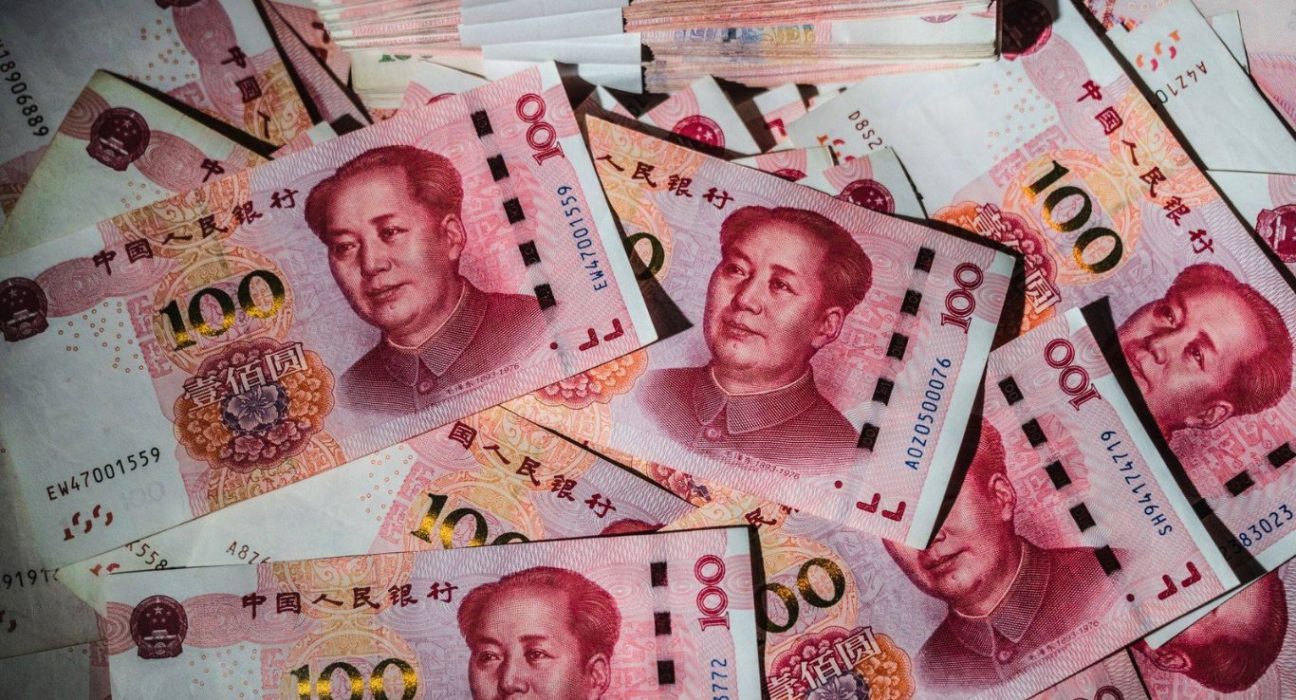Introduction
China’s yuan continues to face challenges as it fell by 0.2% and reached a six-month low against the US dollar. The currency’s downward trend follows its breach of the significant 7 level against the dollar just last week. The sustained uncertainty surrounding China’s economic rebound is fueling concerns, and market participants are closely monitoring the developments. This article delves into the factors behind the yuan’s depreciation and explores the potential implications for China’s economy.
Economic Rebound Uncertainty and its Impact on the Yuan
China’s economic rebound has been a topic of global interest, and the uncertain trajectory has created ripples in the financial markets. Lingering concerns about the country’s economic growth and the effectiveness of stimulus measures have weighed on investor sentiment. As a result, the Chinese yuan has faced downward pressure, leading to its recent decline against the US dollar.
Significance of Breaching the 7 Level
The breach of the key 7 level by the yuan against the US dollar holds significance due to its potential implications for China’s trade competitiveness and capital outflows. A weaker yuan makes Chinese exports more affordable, providing a competitive edge in global markets. However, it also raises concerns about capital flight as investors seek safer assets, potentially leading to destabilization in China’s financial system.
Factors Contributing to the Yuan’s Decline
Multiple factors have contributed to the depreciation of China’s yuan. Firstly, the ongoing trade tensions between China and the United States have weighed on investor sentiment. The unresolved trade disputes and the imposition of tariffs have created an atmosphere of uncertainty, negatively impacting the yuan’s value.
Secondly, China’s slowing economic growth is a key driver behind the yuan’s decline. The country’s efforts to rebalance its economy towards domestic consumption and reduce reliance on exports have resulted in a deceleration of economic expansion. This slowdown has diminished investor confidence and put downward pressure on the yuan.
Thirdly, China’s efforts to liberalize its financial markets and allow greater flexibility in the exchange rate have also influenced the currency’s depreciation. The People’s Bank of China, the country’s central bank, has implemented measures to promote market-driven exchange rate mechanisms. While this move enhances transparency and market efficiency, it can also expose the yuan to fluctuations driven by market forces.
Implications for China’s Economy
The weakening yuan can have both positive and negative implications for China’s economy. On the positive side, a depreciated currency makes Chinese exports more competitive in international markets, potentially boosting export-led industries. This could support economic growth and employment opportunities in the export sector.
However, there are also concerns regarding the negative consequences of a weaker yuan. For instance, it can lead to higher import costs, which could stoke inflationary pressures. Additionally, a weaker currency might trigger capital outflows as investors seek safer assets, potentially putting strain on China’s financial system.
Government Response and Future Outlook
In response to the yuan’s decline, the Chinese government has taken measures to stabilize the currency and restore market confidence. The People’s Bank of China has employed various tools, including intervention in the foreign exchange market and adjustments to monetary policy, to curb excessive volatility and support the yuan.
Looking ahead, the future trajectory of the yuan will depend on several factors. The resolution of trade disputes with the United States and the success of China’s economic recovery will play significant roles in shaping the currency’s direction. Additionally, the effectiveness of the government’s measures to stimulate domestic consumption and enhance market stability will be crucial in mitigating the downward pressure on the yuan.
Conclusion
The Chinese yuan’s recent decline and proximity to a six-month low against the US dollar reflect the ongoing uncertainty surrounding China’s economic rebound. Factors such as trade tensions, slowing economic growth, and financial market liberalization have contributed to the currency’s depreciation. While a weaker yuan can enhance export competitiveness, it also poses challenges such as higher import costs and potential capital outflows. As China continues its efforts to stabilize the yuan and navigate economic uncertainties, global markets will closely observe the developments and their implications for the country’s economy.










